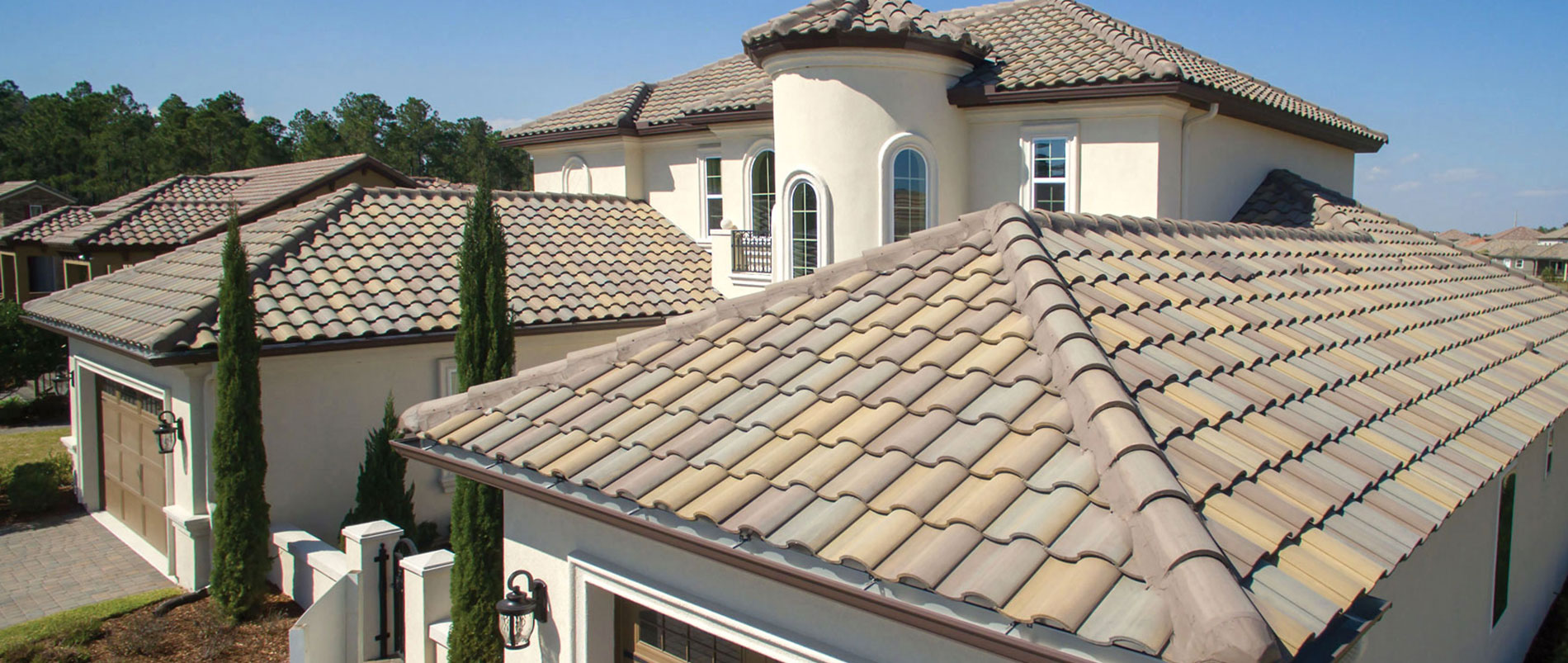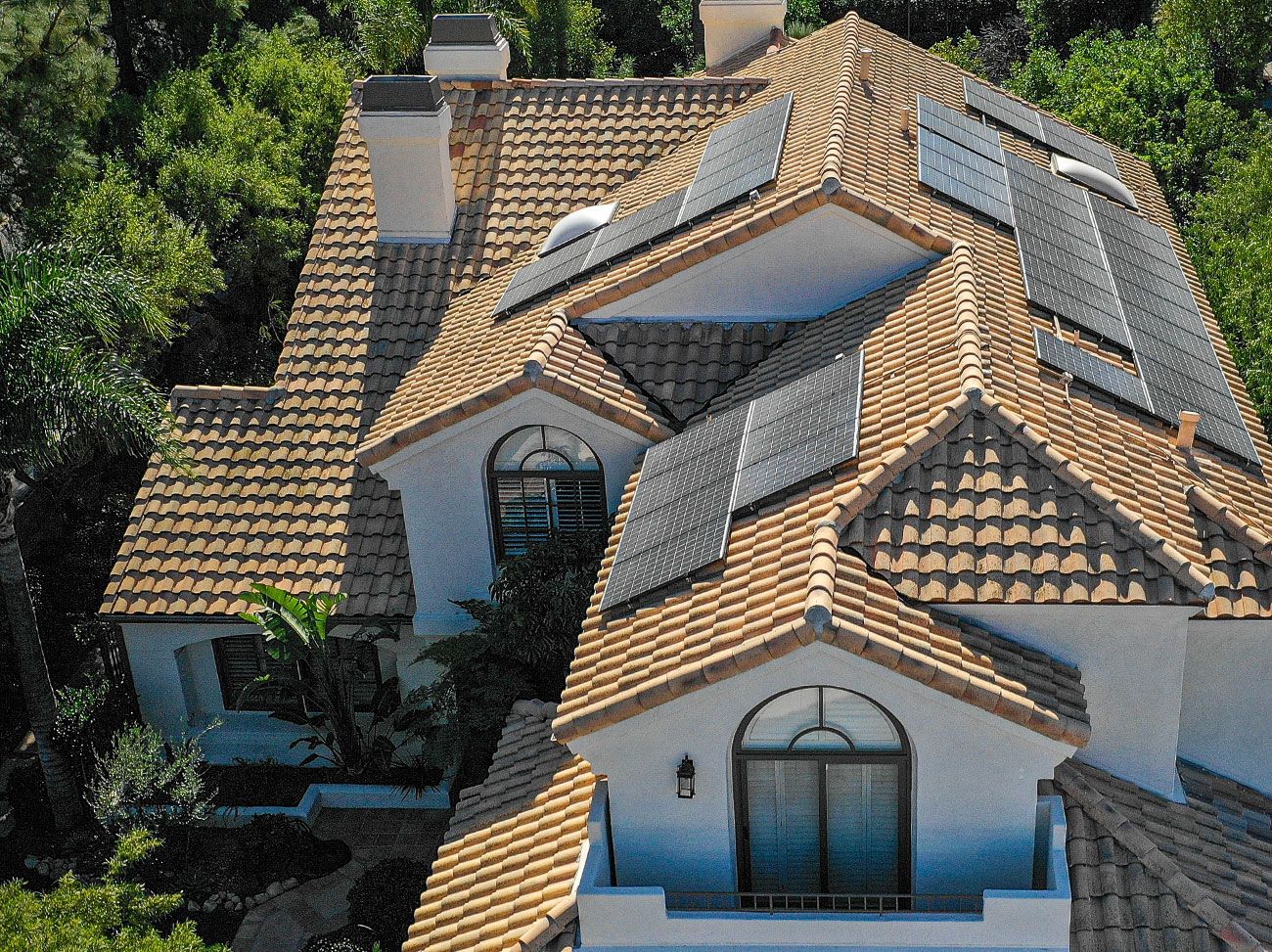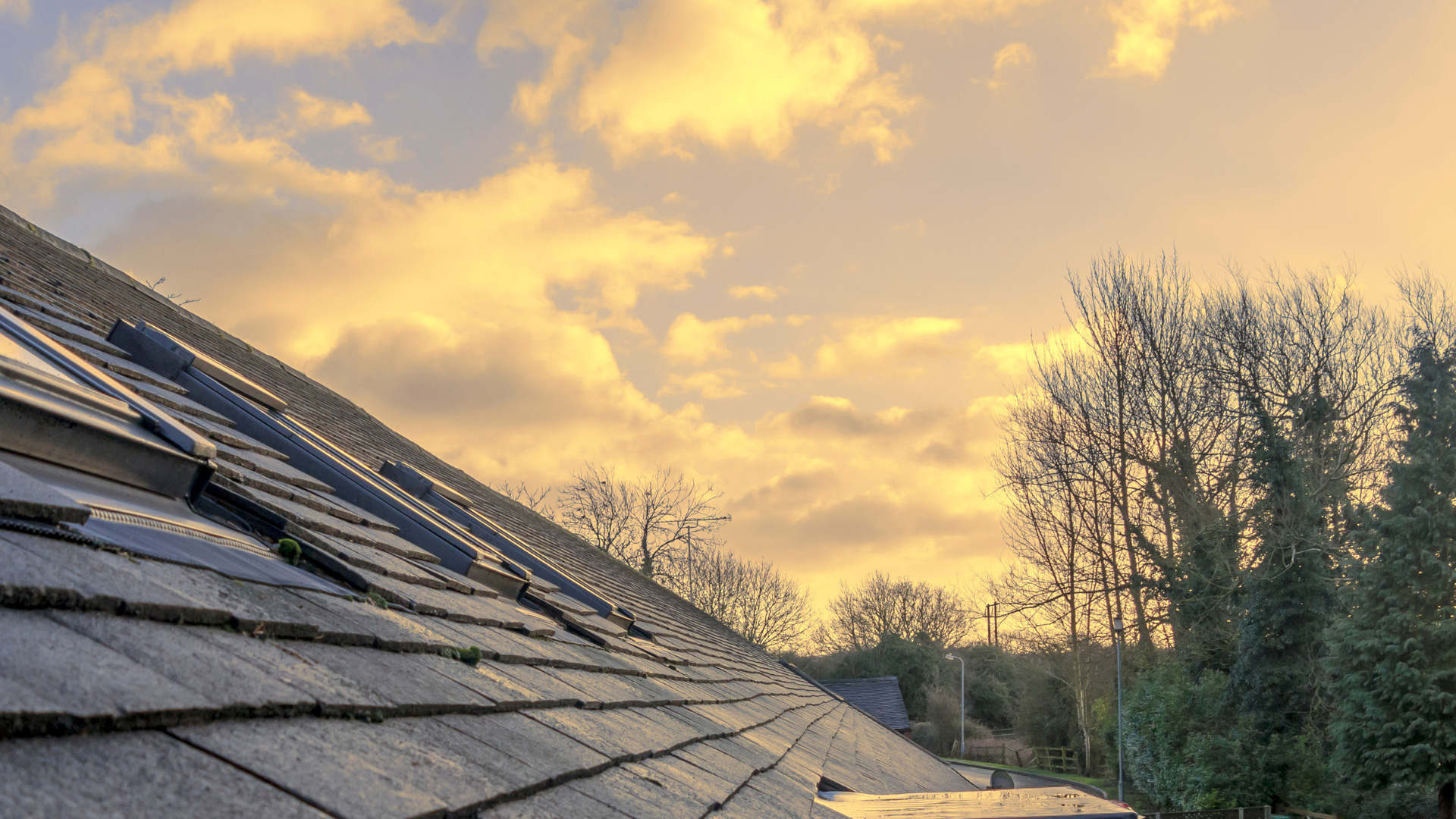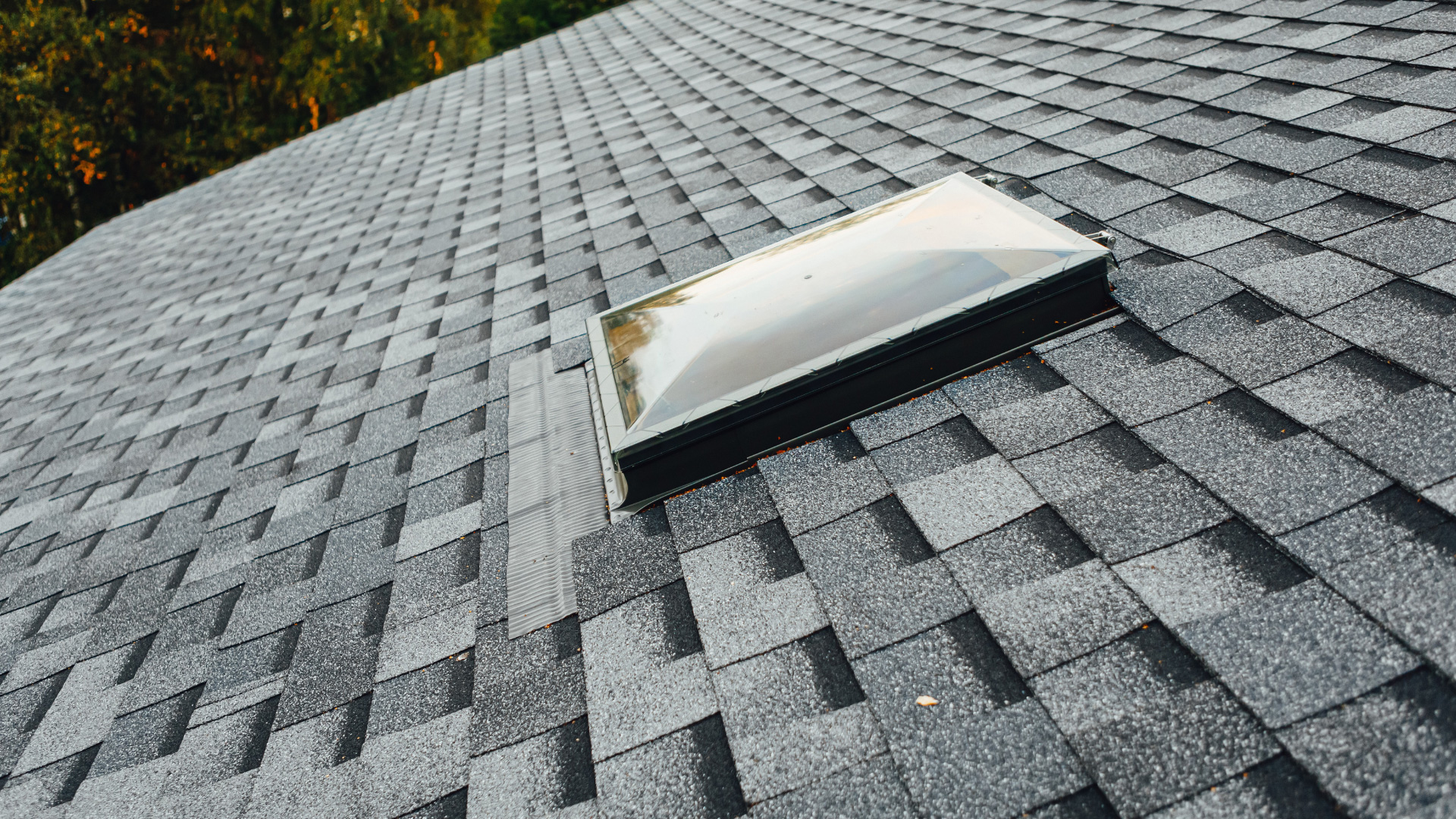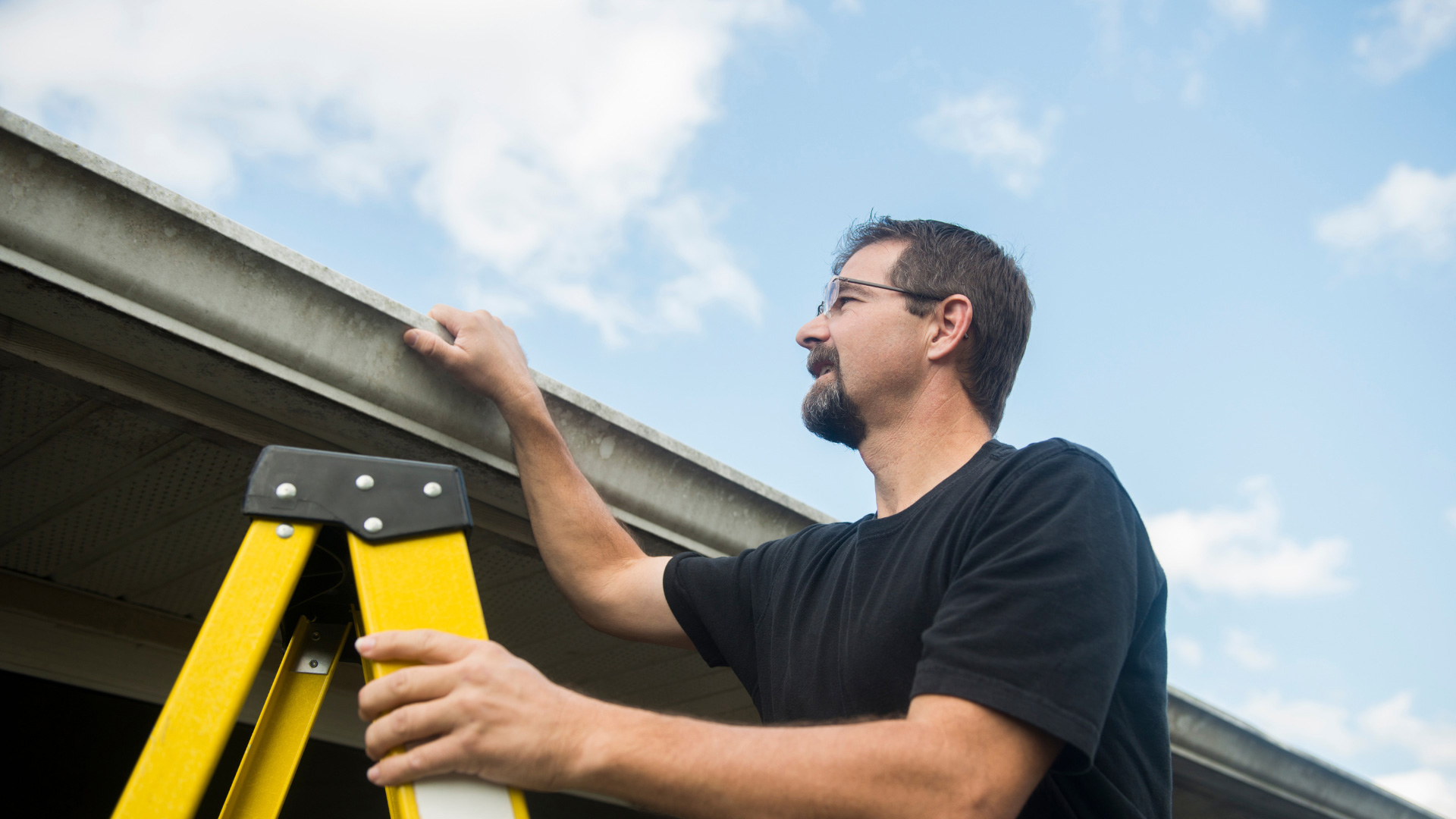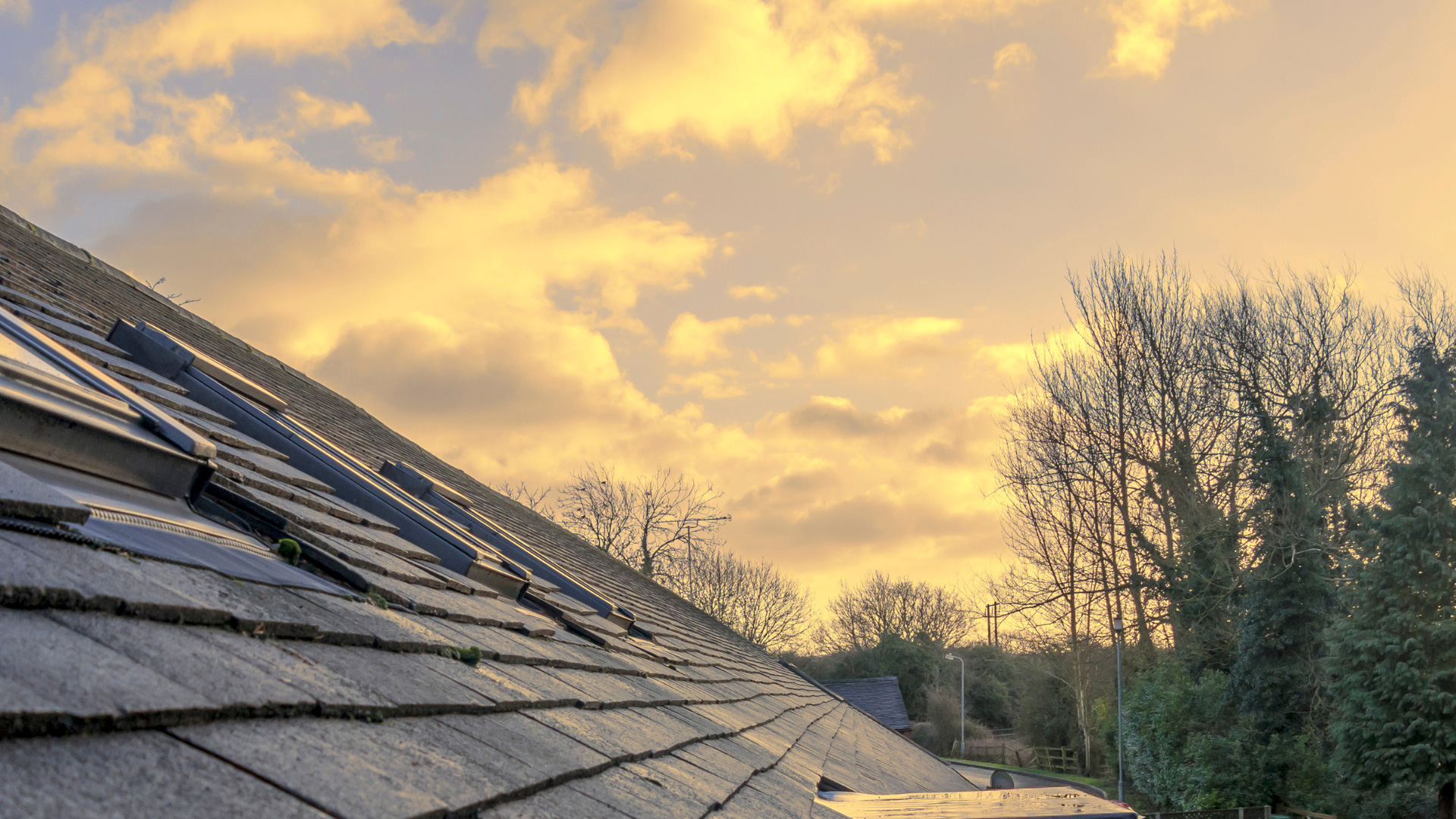To understand the suitability of different roof types for solar panels, you first need to know about the type of roofing surface. Not all roofs are appropriate for solar installation; some require added ventilation or an extra-long warranty coverage period. Whether you have made your home with standing seam metal, vinyl siding, or shingle roofs, this article explains which roof material is most suitable.
Roof Types for Solar Panels
1. Gravel and Tar
Using gravel and tar is an old-fashioned roofing style and consists mainly of asphalt, tar, and other supporting materials. These types of roofs are heavy and hard to maintain. Therefore, during installation, you will need additional braces to accommodate extra weight from the solar panels. These braces will increase the cost of installation significantly, making such roofs less suitable.
2. Foam
Foam roofs consist of a polyurethane foam material sandwiched between two sheets of reinforced fiberglass. This material makes them lightweight and easy to relocate. Installation of solar on these roofs is generally smooth, which makes them among the best materials.
3. Metal
Metal roofs are popularly associated with maintenance-free life homes. With a steel coating designed for shrugging off corrosion and rust, they are generally easier to maintain. Metal roofing is a viable choice for solar installation since they are relatively lightweight and easy to fix. They are also easier to drill when mounting the panels, making them among the best roof types for solar panels. Solar Optimum specializes in standing seam metal roofing exclusively.
4. Wood
Wood roofing offers several choices that are easy to maintain. They are available in shingles, shakes, and tiles making them a good option for solar installation. Such roofs are low-maintenance, with most of them repelling water. However, during installation, you will need additional bracing to hold the panels firmly in place. Bracing increases the cost of installation, making wood roofs less suitable for solar panel installation.
5. Composite
A composite roof consists of two or more surfaces glued together to form one material. These types of roofs typically consist of an asphalt shingle or tile roof glued together with concrete. They are heavy and give the option of adding solar panels.
However, the installation process is complicated because of the glue that holds both surfaces together. During installation, you will have to drill holes without damaging the composite material, which will take a lot of time and money, making it not the best material for solar panel installation.
5. Tile
Tiles are among the best materials used for roofing but are they suitable for panel installation? To attach a panel on the tile roof, professionals typically use an adhesive formulated to allow movement. This adhesive attaches them to the brackets resting under the tiles.
The problem with this is that moving the tiles during attachment increases the labor cost and time. Such expenses inconvenience you, making tile roofs a less practical choice for solar panel installation.
Your Material Determines Installation
Roofing material can have a significant impact on the viability of solar panel installation. The suitability of your roof will depend largely upon what type it is and how much weight you want to add with panels. If you’re unsure whether or not installing solar panels is feasible, contact us for an expert opinion!

